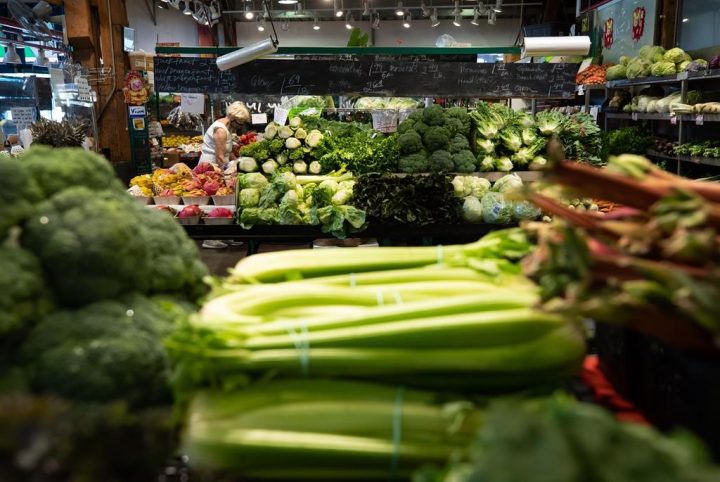Prices continue to climb at grocery stores, making it more difficult for consumers to buy their weekly groceries. While 2022 was a challenging year, the beginning of 2023 appears to be the same.

Canada’s Food Price Report 2023 predicts a 5-7 per cet food increase, mainly in vegetables, dairy and meat.
Last year, the inflation rate reached 11 per cent, which is a model Dr. Charlebois calls unsustainable. The report states that food prices haven’t been this high in Canada for over 40 years, but this is not just a nationwide issue. It’s a global issue, and Canada maintains one of the lowest inflation rates worldwide.
Dr. Sylvain Charlebois, the director of the agri-food analytics lab at Dalhousiem, says even the average family of four will unfortunately feel the increased prices.
“For that family it will probably cost over $16,000 to feed itself,” said Charlebois. “Which is an extra $1,056 compared to last year, buying the same food at the same time.”

Get daily National news
While the pandemic may be in part to blame for the unaffordability of weekly groceries, there is a growing list of factors, including climate change, supply change disruptions, carbon taxes and rising transportation costs.
Additionally, international events such as the war in Ukraine have an impact on our economy as well.
In 2022, the report says there were nearly 1.5 million visits to food banks, and March 2022 saw the highest usage in Canadian history. With the number of users on a steady incline, local foodbanks are starting to worry about 2023.
Last year, local food bank Feed the Need in Durham Region, reportedly saw an increase of roughly 60 per cent — and the reason is directly attributed to the cost of food.
“It’s the reason that existing people come to the food bank, and the number one reason why we’re seeing new clients,” said Ben Earle, chief executive officer of Feed the Need in Durham.

In addition, along with an increased demand, the demographic of clients is also changing.
“Employed individuals, maybe who live in two-income households but have had changes,” said Earle. “One individual said they had a spike in the cost of their mortgage, and that was their barrier.”
Traditionally, food banks cater to those with single incomes, or those who are unemployed. But this changing narrative is painting a picture of just how bad inflation is affecting shoppers.
“For the first time ever, we’re seeing more people who are working use the food bank. It’s worrisome because it puts a strain on services, and there’s a demand for more food, resources and funding,” said Earle.
While the first half of the year is reportedly going to be challenging, the report predicts that the second half of the year may be a bit smoother. Canadians can expect to see better prices at their grocery store, as well as a more predictable food industry.







Comments